Average Normalized Time-Frequency Response Spectrum for Different Types of Sites
DOI: 10.23977/jceup.2025.070204 | Downloads: 14 | Views: 669
Author(s)
Zhigang Qiu 1, Liwei Yang 2, Hongyu Chen 1, Lei Xia 1, Weiwei Zhu 1
Affiliation(s)
1 School of Architecture and Civil Engineering, Kunming University, Kunming, 650214, China
2 Yunnan Earthquake Agency, Kunming, 650224, China
Corresponding Author
Zhigang QiuABSTRACT
The normalized time-frequency response spectrum is a three-dimensional spectrum that includes the three essential components of seismic motion: amplitude, frequency spectrum, and duration. It can effectively compensate for the shortcomings of traditional response spectrum theory and elastoplastic time history analysis. To better study the structural damage mechanism and predict the potential destructiveness of seismic motion, the structural damage curve must be combined with the normalized time-frequency response spectrum. According to four site categories, 10 seismic records were selected from the Pacific Earthquake Engineering Research Center earthquake motion database. The site categories in the US are classified based on the equivalent shear wave velocity Vs30 of the surface soil layer thickness up to 30m. Sites with a shear wave velocity Vs30 above 510 m/s correspond to Category I sites in Chinese standards; Vs30 between 510 m/s and 260 m/s correspond to Category II sites; Vs30 between 260 m/s and 150 m/s correspond to Category III sites; and Vs30 below 150 m/s correspond to Category IV sites in Chinese standards. Through statistical analysis, the normalized time-frequency response spectrum for each site category was calculated and then averaged, resulting in what is referred to as the average normalized time-frequency response spectrum for each site category. This provides a reference basis for subsequent structural seismic verification, seismic design of buildings, and the revision of seismic regulations.
KEYWORDS
Site Categories; Earthquake; Normalized Time-Frequency Response Spectrum; Normalization; Equivalent Shear Wave VelocityCITE THIS PAPER
Zhigang Qiu, Liwei Yang, Hongyu Chen, Lei Xia, Weiwei Zhu, Average Normalized Time-Frequency Response Spectrum for Different Types of Sites. Journal of Civil Engineering and Urban Planning (2025) Vol. 7: 27-34. DOI: http://dx.doi.org/10.23977/jceup.2025.070204.
REFERENCES
[1] National Standard of the People's Republic of China. GB50011-2021, Building Seismic Design Code [S]. Beijing: China Architecture & Building Press, 2021.
[2] Greco R., Marano G.C. and Foti D., Strong motion duration effects on base isolated systems. Physica A, 1999, 274(1-2)341-348.
[3] Bommer J J, Magenes G, Hancock J, et al. The influence of strong-motion duration on the seismic response of masonry structures[J]. Bulletin of Earthquake Engineering, 2004, 2(1): 1-26.
[4] Hancock J., Bommer, J.J.. A state-of-knowledge review of the influence of strong-motion duration on structural damage. Earthquake Spectra, 2006, 22(3):827-845.
[5] Shen Z Y, Wu A H. Seismic analysis of steel structures considering damage cumulation. Frontiers of Architecture and Civil Engineering in China, 2007, 1(1):1-11.
[6] Qiu Z G, Luo Q F. 2015. Analysis of Normalized Time-Frequency Response Spectra for three seismic records. Chinese Journal of Geophysics(in Chinese), 58(4):1251-1258.
[7] Qiu Z, Zhu W, Du J, et al. Spectral Analysis Method of Seismic Waves Time-Frequency Response Spectrum[J]. International Journal for Housing Science and Its Applications, 2024,45(4):98-106.
[8] Qiu Z G, Luo Q F. The application of normalized time-frequency response spectrum and structural damage curve. Journal of Southeast University (Natural Science) (in Chinese), 2013,43(1)165-168.
[9] Fuliang Sun, Zhongke Peng. Quantitative Study of Site Effects on Ground Motion Attenuation [J]. North China Earthquake Science, 1991, 2: 1-10.
[10] Hongshang Lv. Comparison of classification methods for venues in China and the United States [J]. Proceedings of the 11th Academic Conference of the Chinese Seismological Society, 2006.
| Downloads: | 12115 |
|---|---|
| Visits: | 426206 |
Sponsors, Associates, and Links
-
Journal of Sustainable Development and Green Buildings
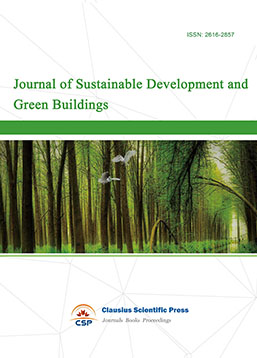
-
Landscape and Urban Horticulture
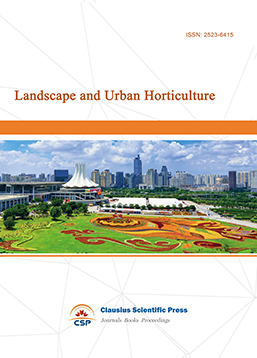
-
Bridge and Structural Engineering
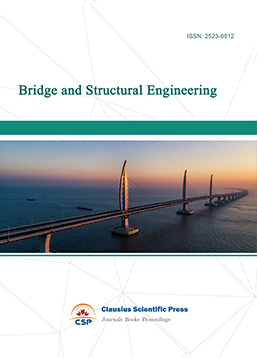
-
Soil Mechanics and Geotechnical Engineering
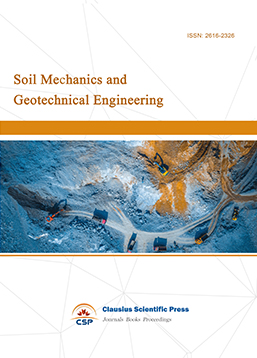
-
Journal of Municipal Engineering
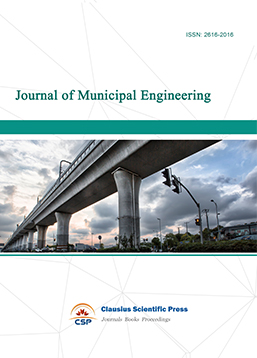
-
Heating, Ventilation and Air Conditioning
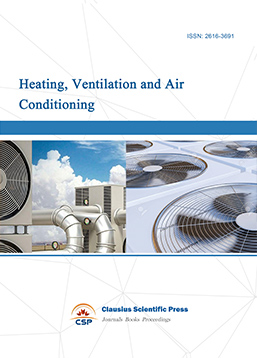
-
Indoor Air Quality and Climate
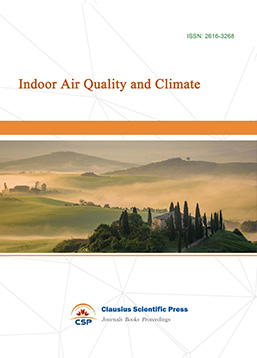
-
Computer Aided Architecture Design
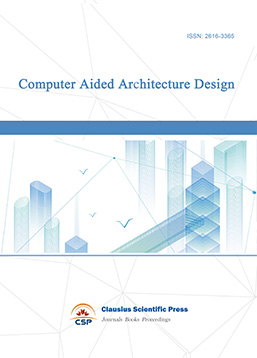

 Download as PDF
Download as PDF